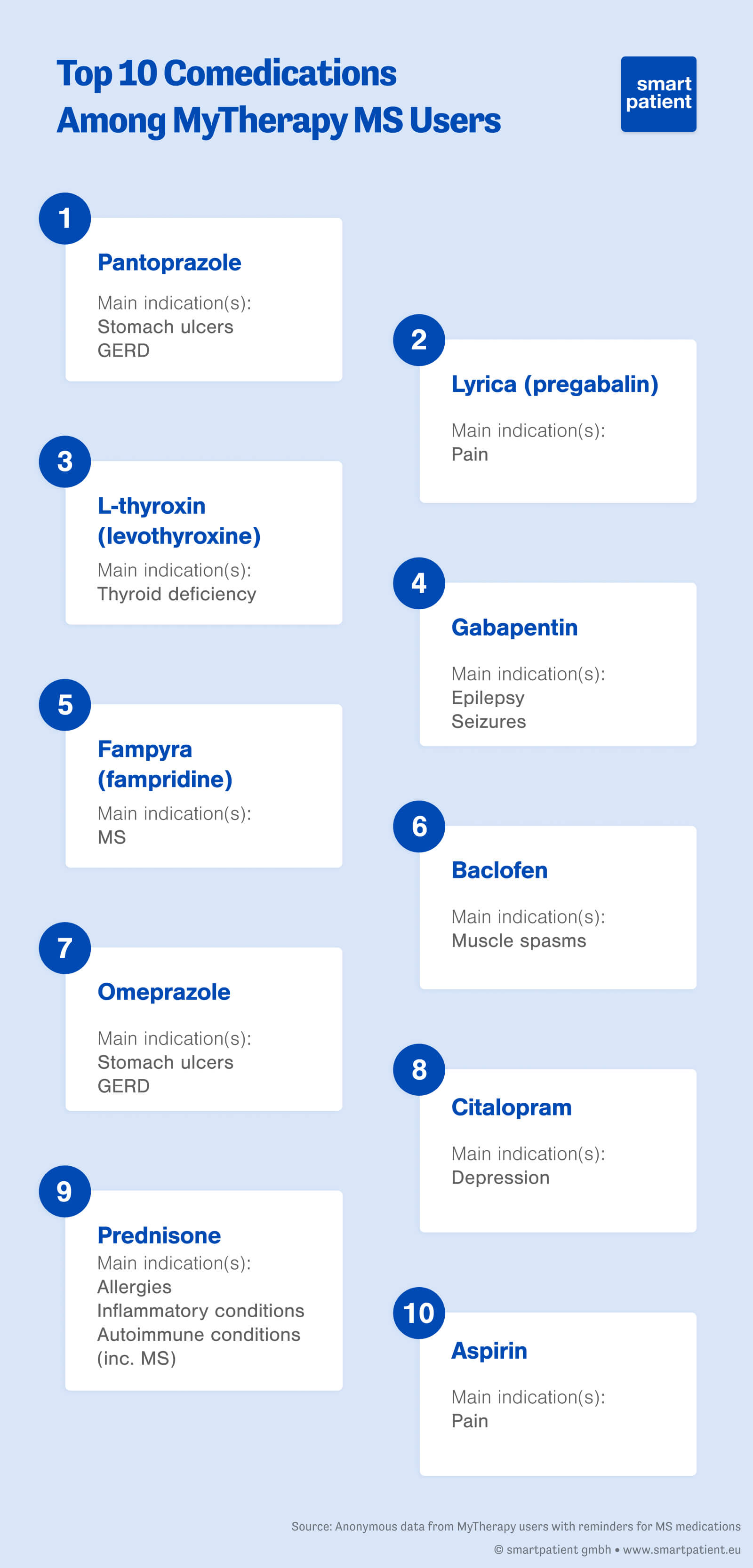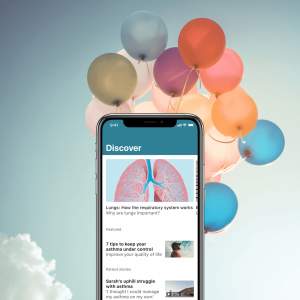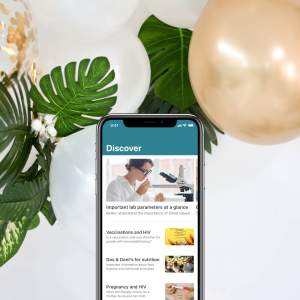Why Patient Access is Key to Pharma’s Patient Engagement Programs Succeeding
Patient access is a long-standing problem for pharma’s digital patient engagement programs, with the majority of programs going largely unused and unmaintained. Building on a platform with user access built-in can help overcome one of the biggest challenges pharma faces in engaging patients

- Many of pharma’s patient engagement programs have failed to gain a significant userbase and ended up in the digital scrapyard
- Millions of people living with chronic diseases, including multiple sclerosis (MS), psoriasis, and asthma, use MyTherapy to manage their treatment and daily health needs
- By building on MyTherapy and our disease-specific modules, pharma can access patients on a platform they already use and finally crack the user adoption problem
‘Patient engagement’ is a phrase that, for years now, has been used to describe pharma’s ambition to reach patients using digital tools and solutions. In that time, pharma has developed countless patient engagement programs that, despite often being well-conceived, have failed to gain traction and have subsequently been left unused and unmaintained. To this day, patient access remains one of the biggest barriers for pharma patient engagement programs to overcome. Keep reading to find out how building on MyTherapy and leveraging a userbase of millions can provide the solution.
Pharma’s Patient Engagement Programs Have Failed with User Adoption
In a previous blog post, we discussed how a plethora of pharma’s patient engagement apps for multiple sclerosis have failed to gain a significant userbase, have poor ratings, and are rarely updated. The same is true for many other diseases.
The reasons for this range from patients not trusting apps produced by pharma to pharma’s franchise-based structure not being compatible with producing effective patient-facing digital products. While pharma tends to think of users as “{medication} patients,” the users themselves do not define themselves as such and consider any given drug as only a part of their overall health needs. MyTherapy users taking psoriasis medications, for example, have an average of 6.7 other reminders scheduled. A drug-centric digital program simply doesn’t meet the wider needs of users.
As a result, patient access is a nut very few of pharma’s engagement programs have been able to crack.
Millions of People Living with Chronic Diseases Use MyTherapy
MyTherapy was always designed to meet the daily health management needs of anyone taking regular medications. As such, features such as medication reminders, symptom tracking, and monthly health reports appeal to a wide range of people.
Over the years, we have seen our userbase grow into the millions and large patient communities forming for chronic diseases such as multiple sclerosis (MS), psoriasis, and asthma. These users not only benefit from regular updates to MyTherapy, but their feedback is also instrumental in where we direct development efforts.
Many of these users use the app to manage comorbidities and other health needs, as demonstrated by the top comedications scheduled by the thousands of MyTherapy users living with MS.

The fact that MyTherapy is designed to support these broad daily needs of users is why we have been able to achieve patient access and adoption to a degree that pharma rarely, if ever, manages.
MyTherapy for {Disease}: Patient Access Built In
While people living with chronic diseases get more value from MyTherapy than from a drug-centric digital program, many users could benefit from more tailored support for their disease and treatment. The question of how to combine MyTherapy’s broad feature set with more focused support led us to develop disease-specific layers that run on top of MyTherapy, that are open to everyone. So far, we have announced the launches of:
More programs, including rheumatoid arthritis and diabetes, are in the pipeline. People living with these diseases can activate the appropriate module and benefit from disease-specific support and content.
For pharma, we can add an additional layer for users taking specific drugs. In doing so, pharma can provide guidance and adherence support tailored to the specific needs of patients prescribed their product, without the barriers to patient access that have typically been the pitfall of pharma’s patient engagement programs.
If you want to learn more about achieving patient access by reaching patients on a platform they already use every day, don’t hesitate to get in touch.





